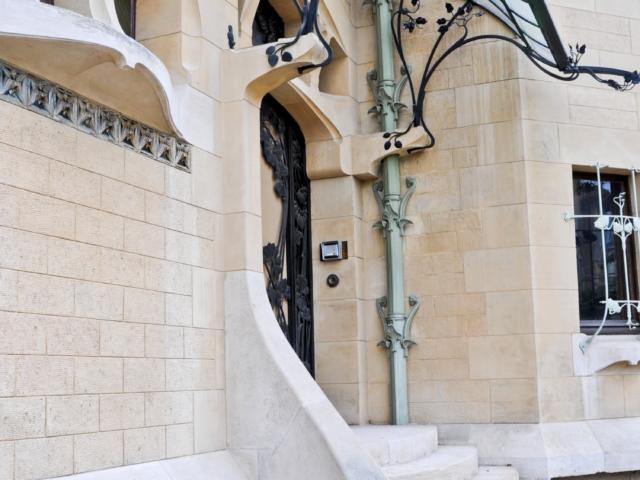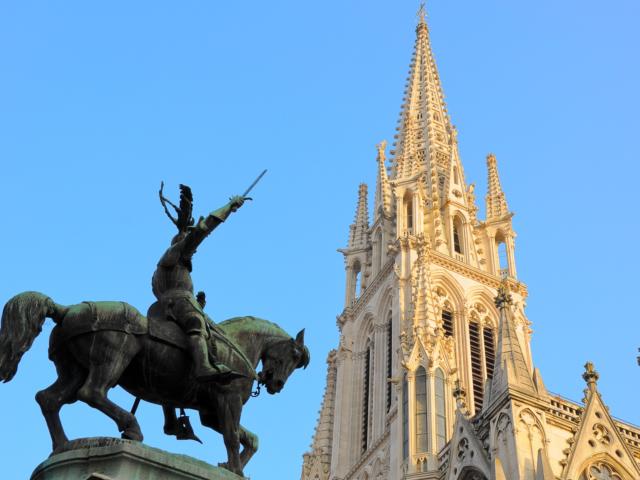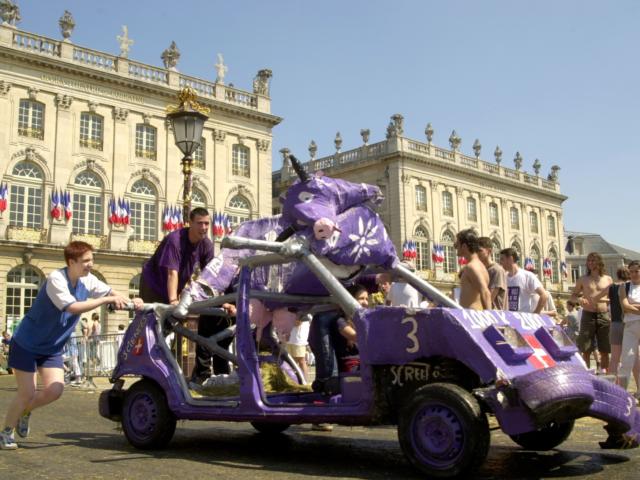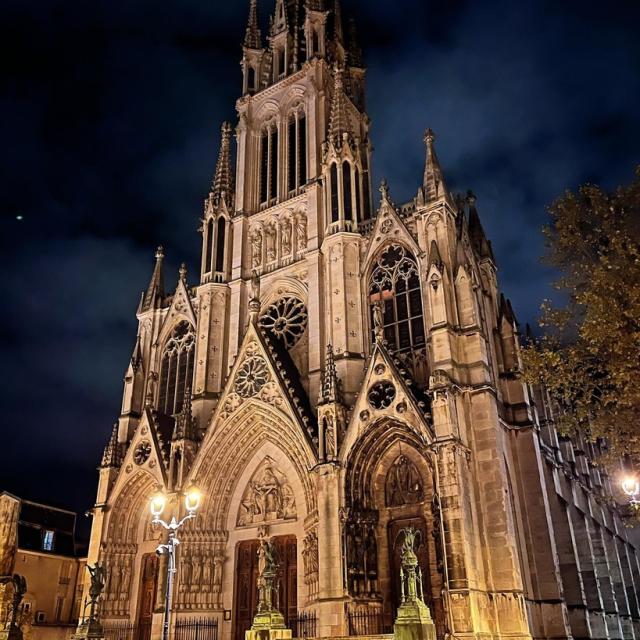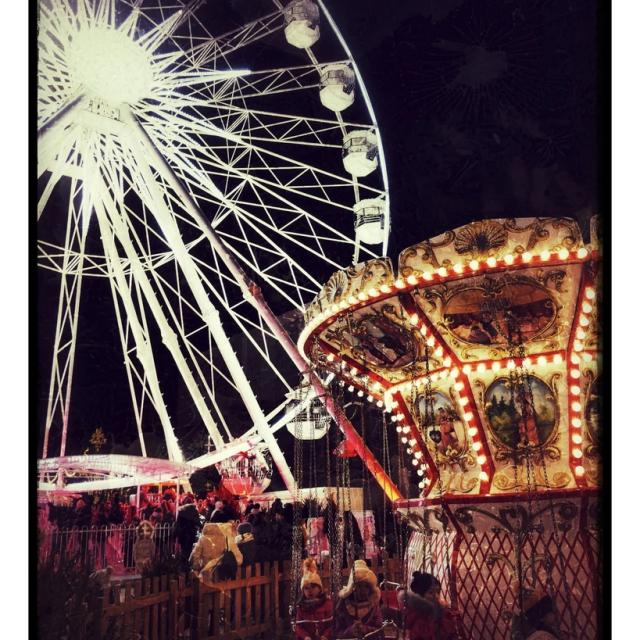The fountains flowed with wine in 1755 when Stanislaw Leszczynski inaugurated one of the finest squares in the world. Ever since, Nancy has been known as ‘the city with the golden gates’. Place Stanislas alone is worth a visit to Nancy. Together with Place de la Carrière, Place d’Alliance and the triumphal arch, it forms an 18th-century ensemble, listed as a UNESCO World Heritage site since 1983. The aim of the major urban development programme carried out by Stanislaw, the last duke of Lorraine, was to link Nancy’s old (Ville Vieille) and new (Ville Neuve) towns.
 Place Stanislas
Place Stanislas Place Stanislas
and the UNESCO world heritage sitePlace Stanislas
Stanislaw had this square built in honour of Louis XV, his son-in-law, and it’s still the jewel in Nancy’s crown! The square measures 106 by 124 metres.
The City Hall occupies the whole of the south side of the square. The Lorraine Opera and the Grand Hôtel de la Reine are on the east side, opposite the Fine Arts Museum. To the north are two single-story buildings known as the Basses Faces. The classical architecture of the square is set off by the gilded wrought-iron gates created by Jean Lamour, and the ornate fountains. Have fun trying to find all the symbols of royalty on the gates, or identify the facial expressions on the 100 mascarons on the buildings around the square.
Take a break and soak up the atmosphere of Nancy’s iconic square at one of the terrace cafés or just sitting on one of the benches or barriers that surround the square.
 Place Stanislas Nocturne
Place Stanislas Nocturne Vue Place Stanislas
Vue Place Stanislas  Place Stanislas Hôtel De Ville Nuit
Place Stanislas Hôtel De Ville Nuit Place de la Carrière and the Palais du Gouvernement
An extension of Place Stanislas, the Place de la Carrière is in fact a medieval square, located in the old town and was used for horse training and tournaments. In the 18th century the Palais du Gouvernement was built for the intendant, or representative of the French Government. Forming a semi-circle, it closes off the far end of the square, completing the view from the City Hall. Stanislaw’s architect Emmanuel Héré remodelled all the façades of the square and built town houses in the corners. Four rows of trees run the whole length of the square, which is also decorated with small fountains featuring cherubs. Place de la Carrière marks the passage to the old town, and leads to the Palace of the Dukes of Lorraine.
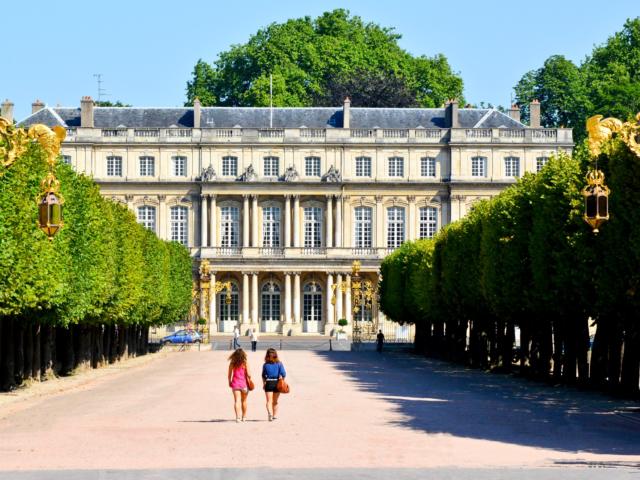 Place De La Carrière
Place De La Carrière Arc Héré - Place Stanislas
Arc Héré - Place Stanislas The triumphal arch
Facing back towards Place Stanislas, if you look up you’ll see the allegory of Renown (or Fama) holding a trumpet. Just below, the portrait of Louis XV, in whose honour this whole architectural ensemble was built. The Latin phrase means ‘Terror of his enemies, craftsman of treaties, glory and love of his people’!
On the left, the decorative elements celebrate the prince of peace. On the attic, the goddesses Ceres and Minerva keep watch.
On the right, tribute is paid to the victorious prince, protected by the statues of Mars and Hercules.
Place d’Alliance
Built on the site of the duke of Lorraine’s former kitchen garden, the third of the UNESCO listed squares is also the smallest and most discreet. But don’t miss the unusual fountain with the three bearded old men (representing three rivers). Can you find the town house of architect Emmanuel Héré, which still has its torchers (flame-holders)?
 Place D'alliance
Place D'alliance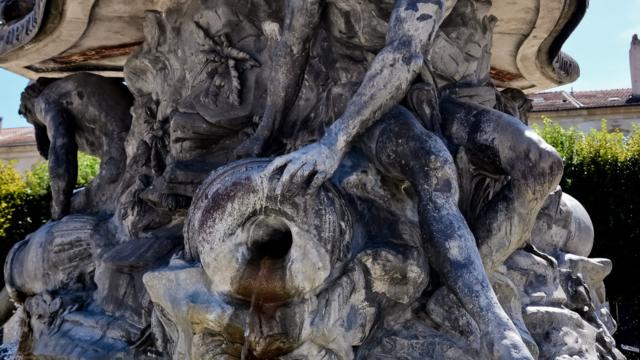 Place D'alliance
Place D'alliance

